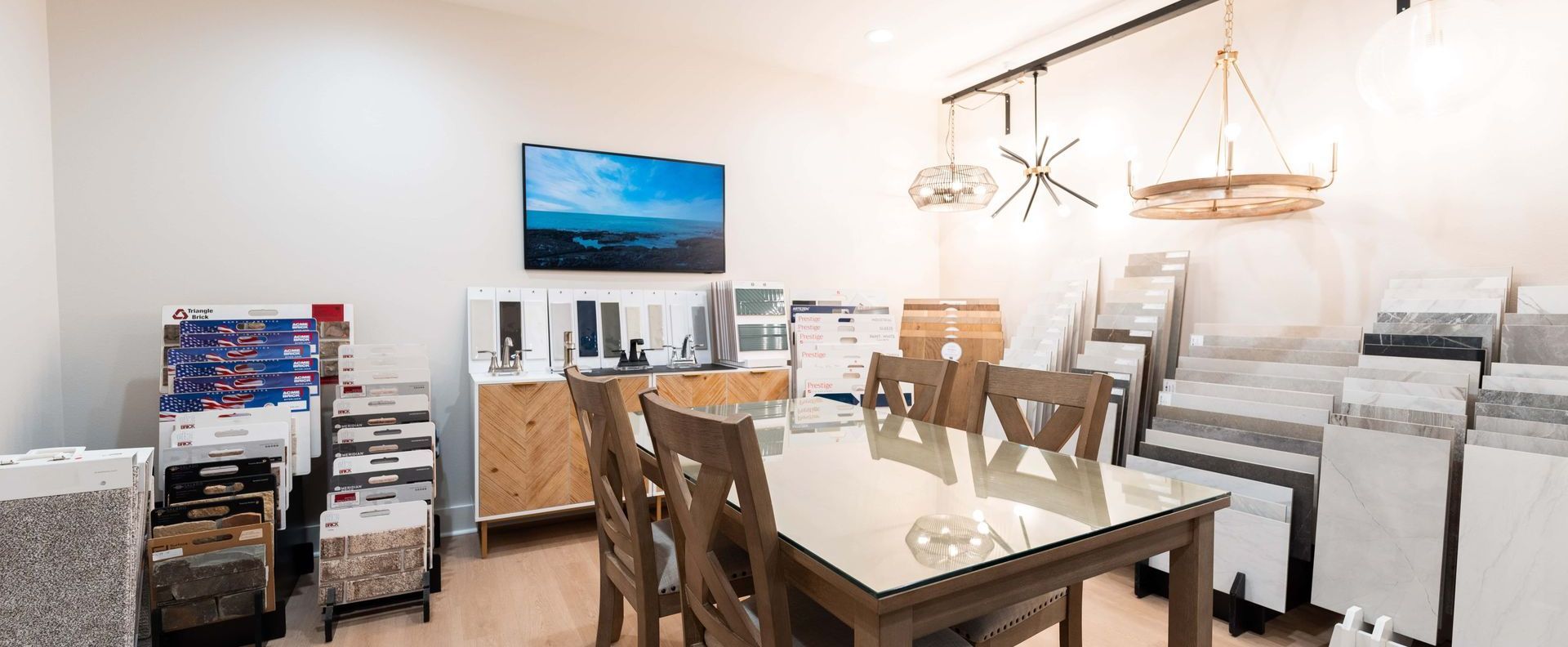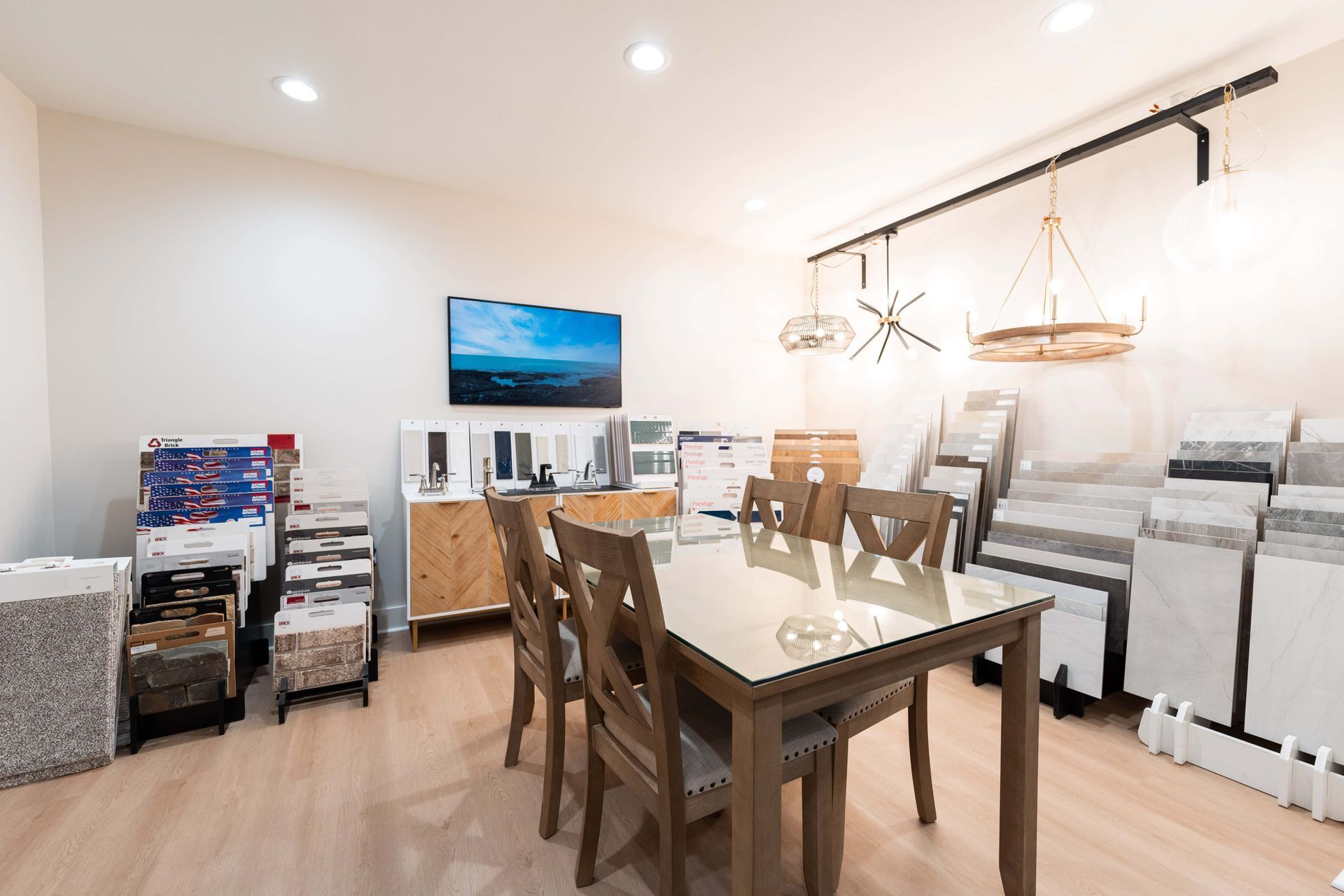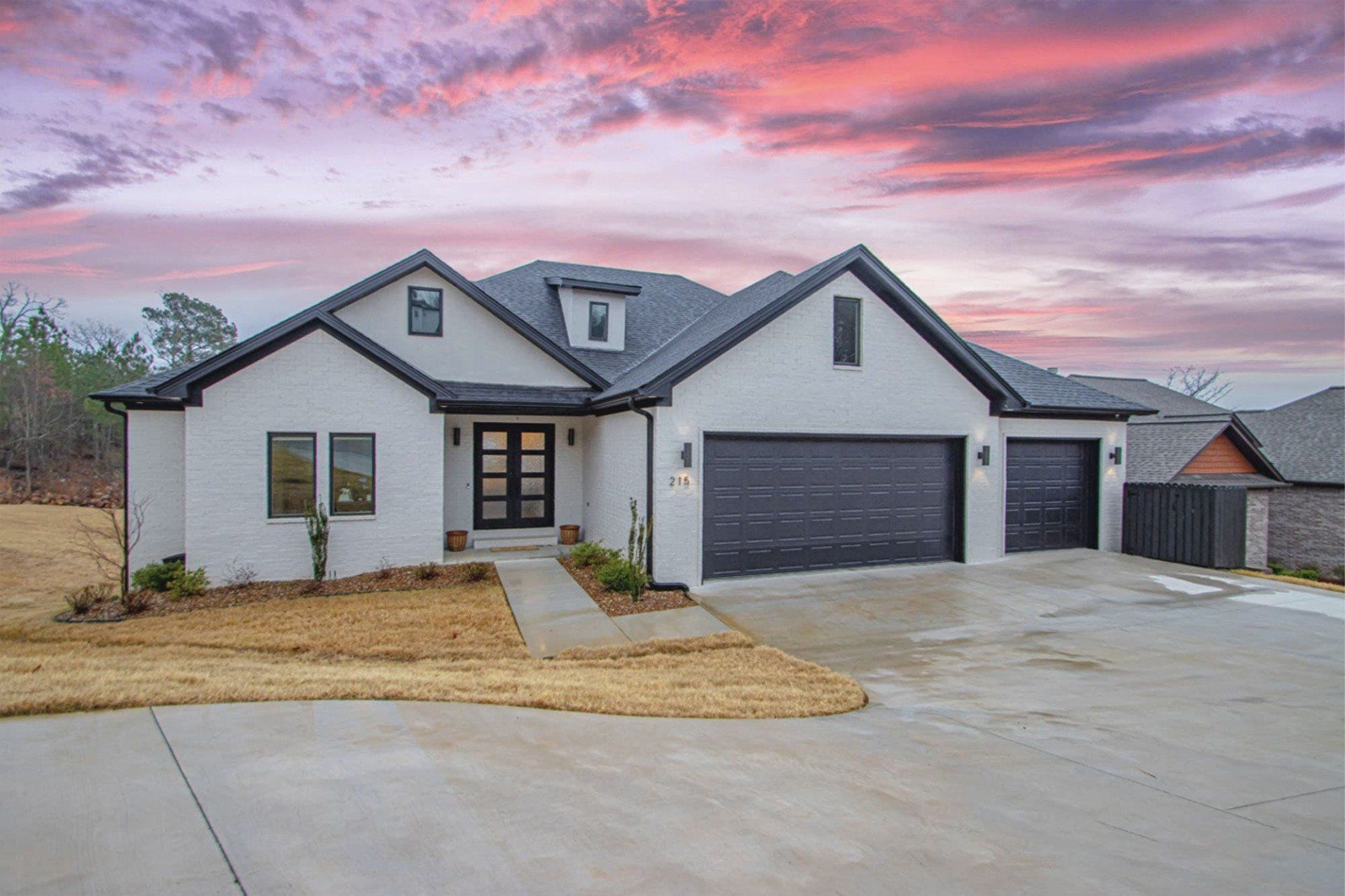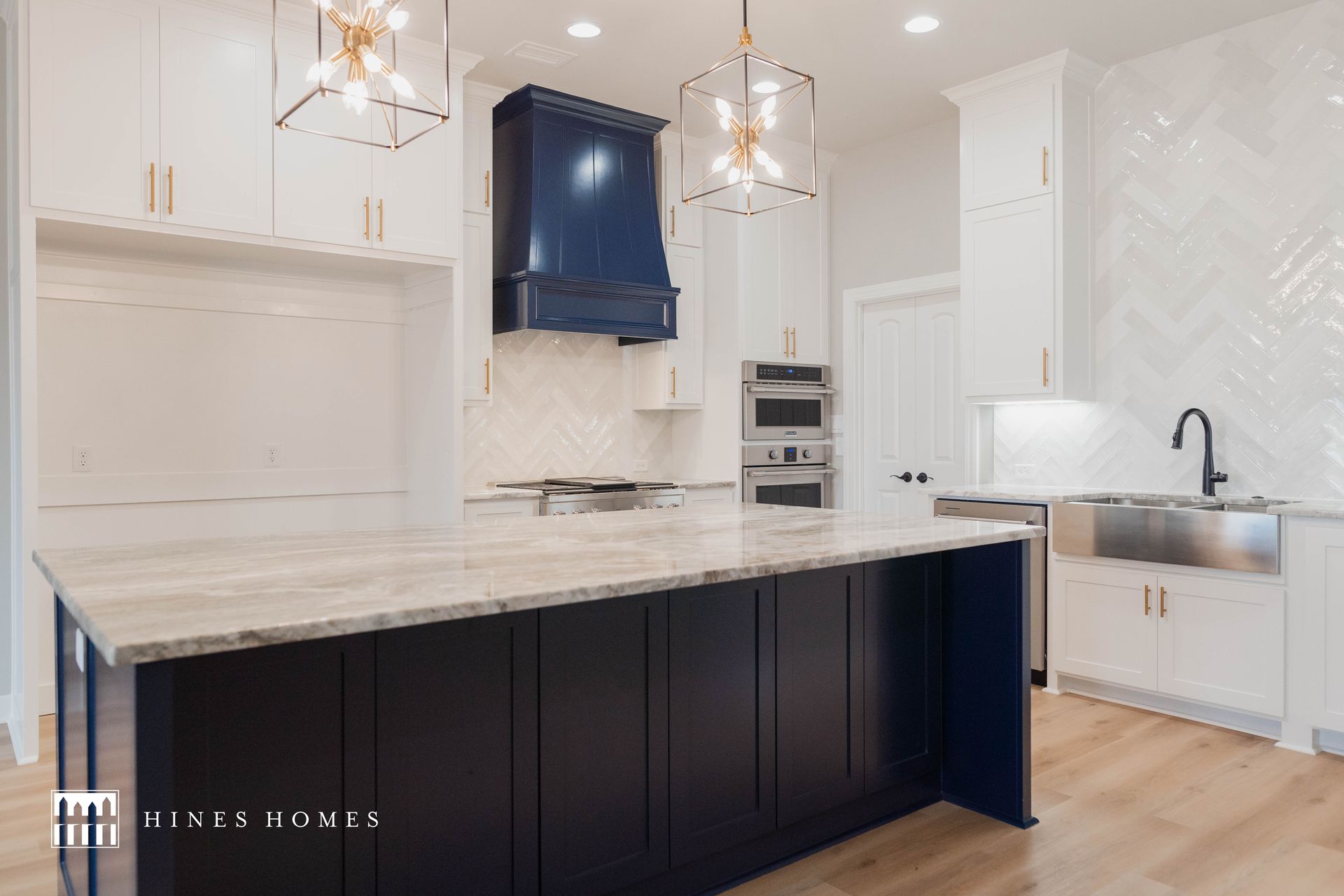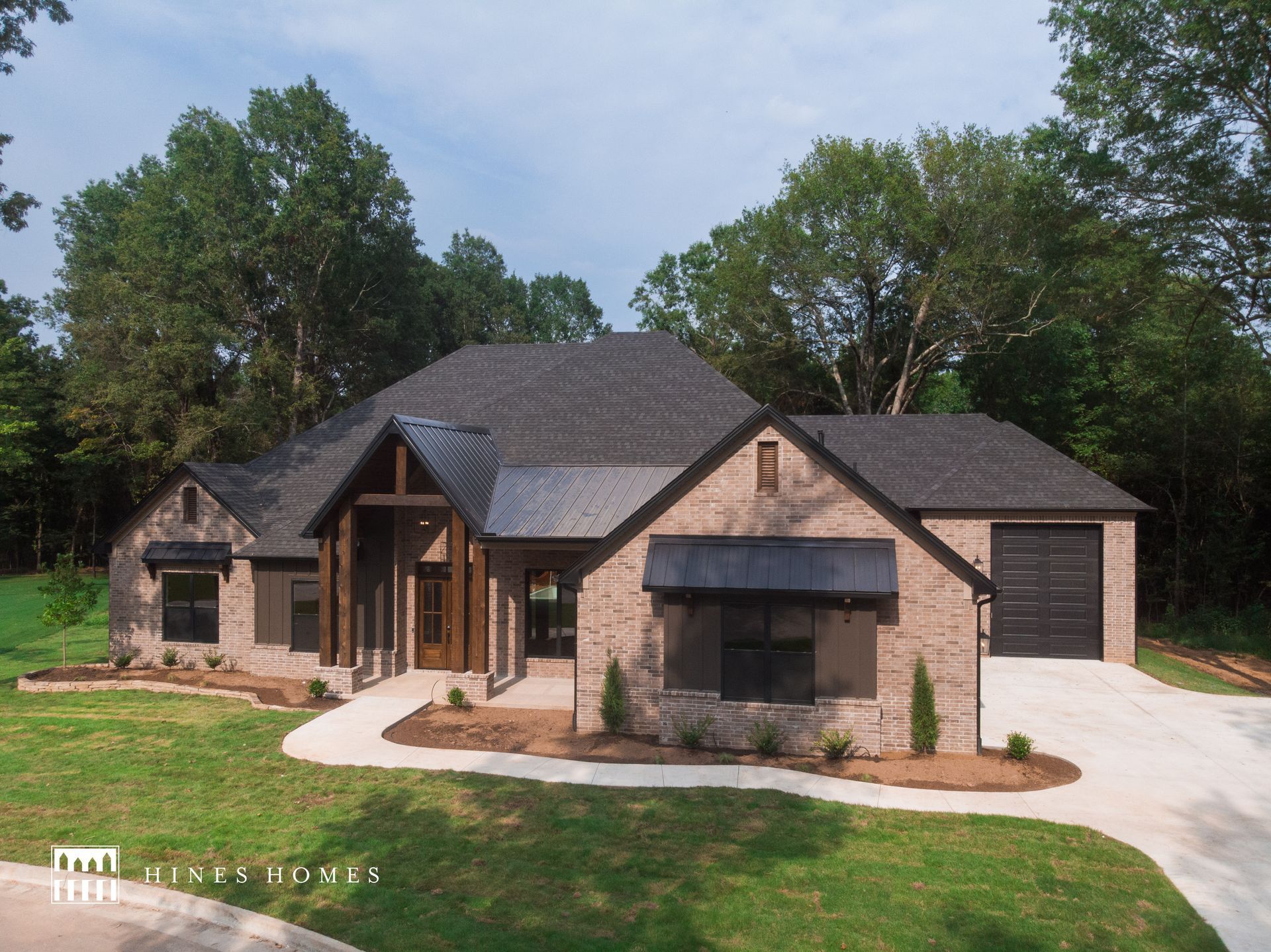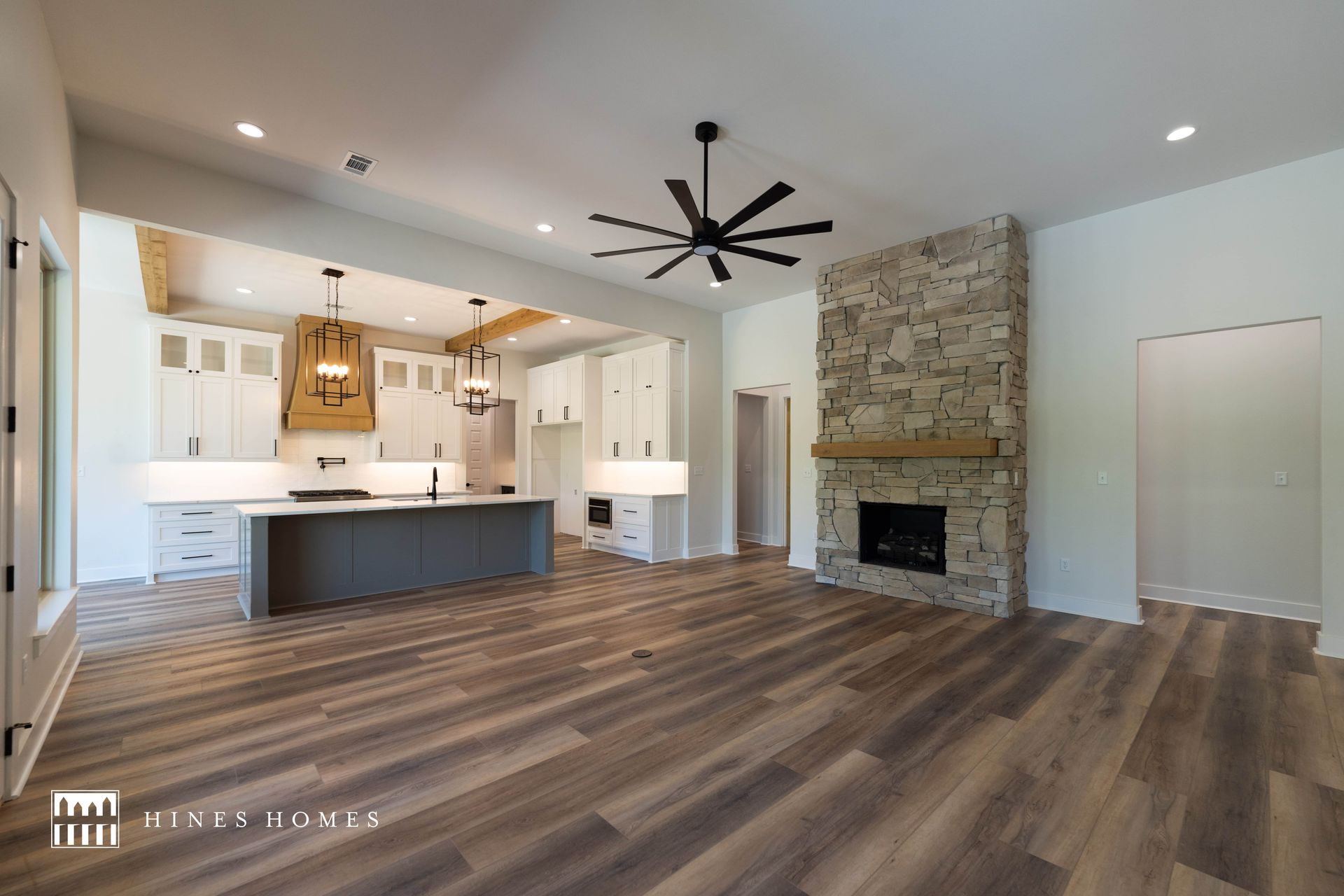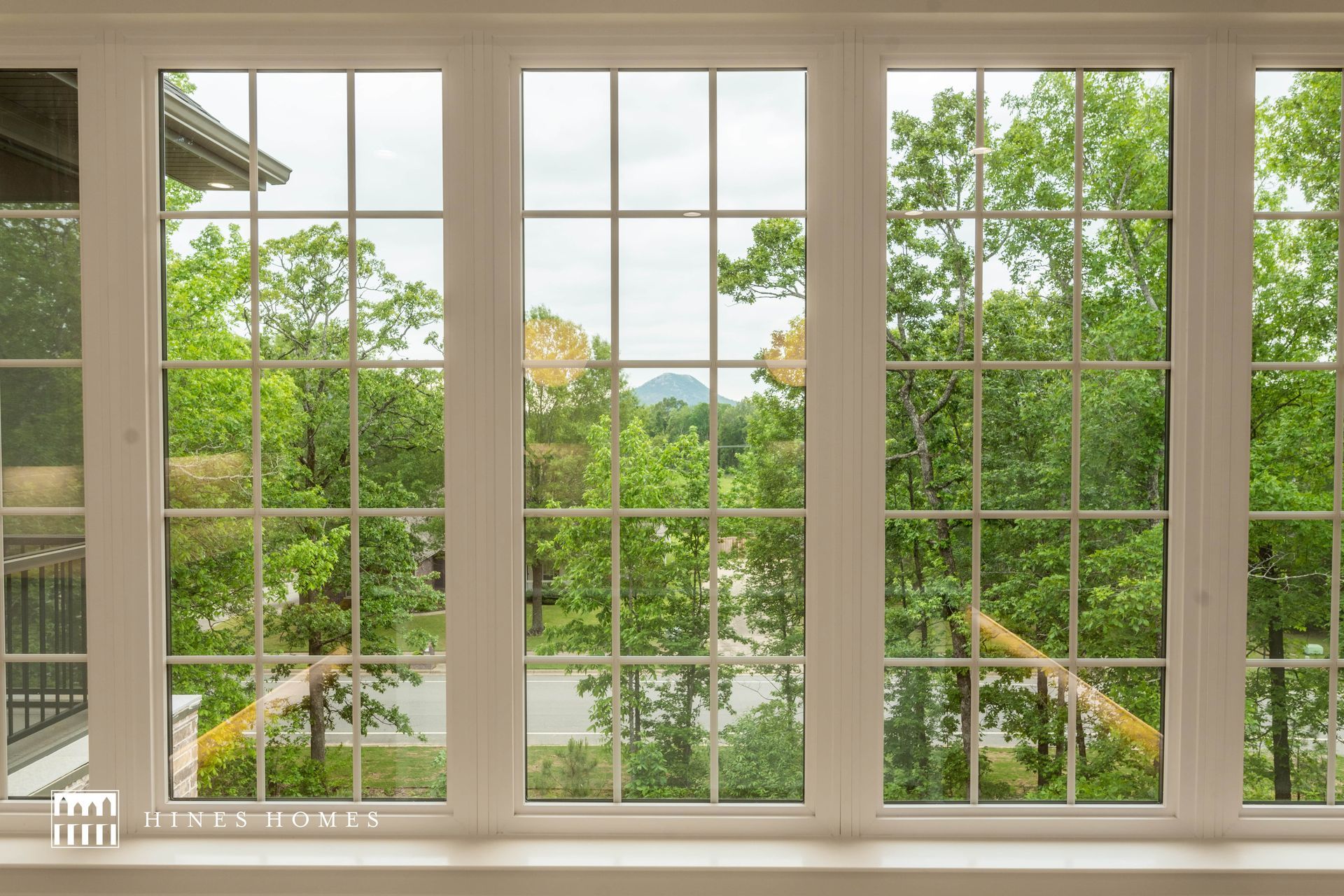The Value of Views: Maximizing Scenery in Home Design
Maximizing Scenery in Home Design
When designing or choosing a home, one often overlooked but highly valuable feature is the view. Whether it’s a serene lakeside, a wooded retreat, or a skyline panorama, a home’s surroundings can significantly impact daily life. Incorporating scenic views into home design enhances aesthetics, well-being, and even property value. Thoughtfully maximizing these views can transform a house into a peaceful retreat that fosters relaxation and connection with nature. Here’s how to make the most of your home’s scenery.
Strategic Window Placement
Windows are the gateway to nature, framing the world outside and bringing it into everyday life. Proper window placement ensures that key living spaces—such as the kitchen, living room, and master suite—capture the best sightlines. Consider these strategies for maximizing natural beauty:
- Floor-to-Ceiling Windows – These provide uninterrupted views and flood rooms with natural light, creating an open, airy feel.
- Picture Windows – Large, fixed-pane windows act as stunning visual frames for landscapes, turning nature into a living work of art.
- Corner Windows – Placing windows at the corner of a room expands sightlines, offering a panoramic effect.
- Clerestory Windows – Positioned high on walls, these windows allow natural light to filter in while maintaining privacy in urban or suburban settings.
- Sliding Glass or Folding Doors – These create a seamless transition between indoor and outdoor spaces, enhancing the connection to nature.
By thoughtfully placing windows and choosing the right styles, you can turn a simple view into a breathtaking focal point.
Open Concept Living
An open floor plan allows natural light and scenic views to flow seamlessly through a home. Removing unnecessary walls and using wide entryways or glass partitions can create an expansive, connected feel that brings the outdoors in. Key benefits include:
- Unobstructed Sightlines – A home with an open layout ensures that multiple rooms can enjoy the view, rather than just one designated space.
- Maximized Natural Light – Without interior walls blocking sunlight, the home feels brighter and more inviting.
- Greater Sense of Space – Open-concept designs make homes feel larger, even if the square footage remains the same.
To enhance an open-concept design, consider placing furniture strategically to direct attention toward the view and using low-profile décor to avoid visual clutter.
Outdoor Living Spaces
A home’s outdoor areas should serve as extensions of the indoor living space, providing a comfortable place to take in the surroundings. Features like patios, balconies, and rooftop terraces allow homeowners to enjoy fresh air and scenery without obstruction. To maximize outdoor enjoyment:
- Use Glass or Cable Railings – Instead of solid fencing or bulky railings, opt for transparent or minimal designs to keep views open.
- Add Covered Spaces – Pergolas, retractable awnings, and screened-in porches provide shelter while maintaining outdoor access.
- Orient Seating Toward the Best View – Arrange outdoor furniture in a way that encourages relaxation and appreciation of the landscape.
- Incorporate Fire Pits & Water Features – Elements like fire pits, fountains, and infinity pools can enhance the ambiance while complementing the natural setting.
Whether overlooking a wooded landscape, a lake, or a city skyline, well-designed outdoor living spaces can turn a home’s exterior into a personal retreat.
Reflective and Natural Materials
Using materials that complement the surrounding environment helps blend the home into its setting while enhancing the visual connection between indoors and outdoors. Consider these design elements:
- Glass Walls & Doors – Maximizes visibility and creates a smooth transition between indoor and outdoor spaces.
- Light-Colored & Reflective Finishes – Lighter hues and glossy surfaces reflect sunlight, making interiors feel brighter and more open.
- Natural Materials – Wood, stone, and other organic textures help ground a home in its natural environment.
- Mirrored Accents – Strategically placed mirrors can amplify natural light and reflect scenic views, making a room feel larger.
By choosing the right materials, you can create a seamless flow between the home and its surrounding landscape.
Scenic views are more than just a pretty backdrop—they enhance mood, increase home value, and create a more enjoyable living experience. Whether you’re building a custom home or renovating an existing one, thoughtful design choices can help you make the most of the natural beauty around you.
By incorporating large windows, open-concept designs, inviting outdoor spaces, and reflective materials, you can transform your home into a space that truly embraces its surroundings. Investing in views isn’t just about aesthetics—it’s about creating a home that feels peaceful, inspiring, and connected to the world outside.
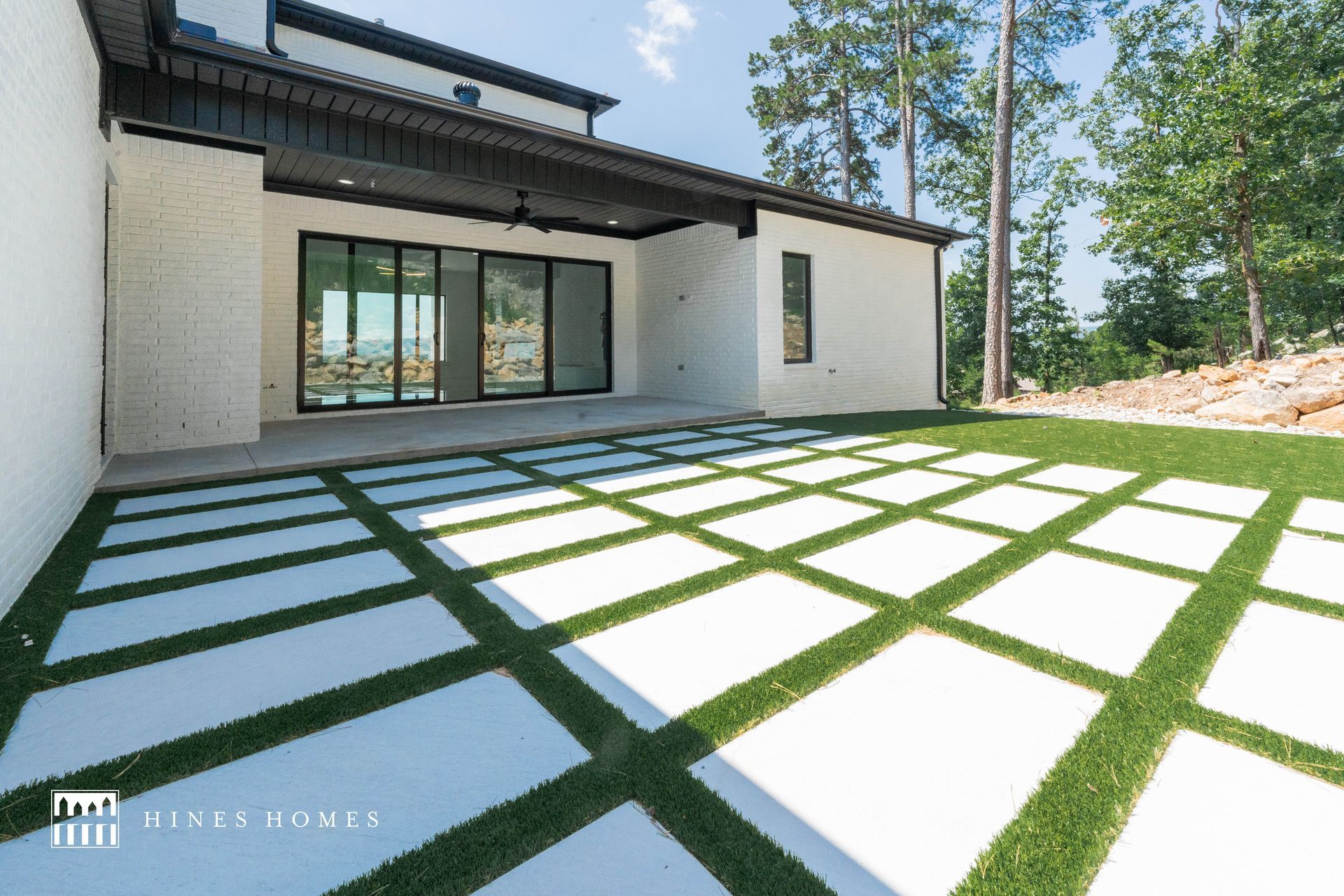
Share
